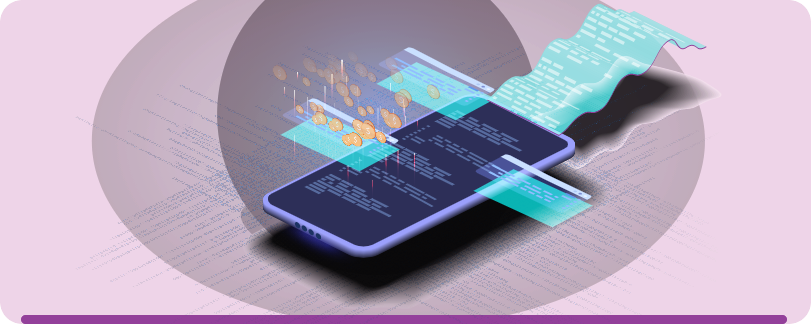

Phase II of the ZATCA e-invoicing is also referred to as the integration phase. In this taxpayer invoicing systems must be integrated with ZATCA systems via standard APIs. Organizations will also have to issue e-invoices in PDF A/3 formats and include additional elements such as UUID, hash, cryptographic stamp etc. Every taxable person residing in the KSA will have to generate e-invoices under Phase II; this includes third party organizations that generate tax invoices on behalf of residents. And unlike the first phase, taxpayers now must submit invoices and receive responses/ acknowledgement from ZATCA in real time.

An integrated solution that is equipped to handle VAT, e-invoicing and ZATCA can help in ensuring seamless compliance with the ZATCA Phase II requirements. In addition to improving efficiency, such a system will also ensure better security of processes and systems. A robust solution must have fully automated workflows for generating and issuing e-invoices. It must be able to adapt to evolving e-invoice formats quickly and ensure secure storage and easy retrieval of historical invoices and data. It must seamlessly integrate with customer and supplier systems, ensure maximum security and timely reporting as per the rules set down by the government.
ZATCA e-invoicing integration is a mandatory requirement in the KSA and enterprises as well as banks must ensure seamless compliance with this new regime. The process of change can be daunting as processes are complex and time bound. Undoing decades of established practice is not easy either. But the changes required by the ZATCA e-invoicing regime are important for long term economic growth, transparent and honest invoicing practices, input tax recovery and accurate reporting. A robust and agile technology platform can make the transition easier and ensure long term compliance with evolving e-invoicing requirements. To know more about how SunTec can help with this integration, download this eBook.